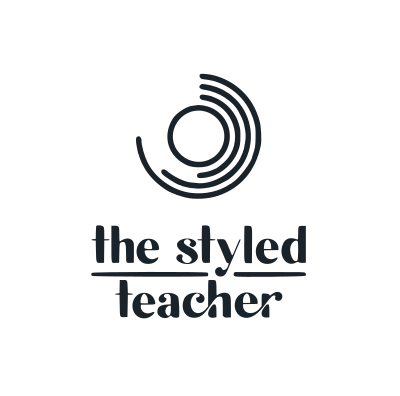Regardless of the work environment, we deal with conflict in some way. However, with regard to leaders of learning institutions, they have to be ready to tackle it in a better manner. It does not matter whether we are dealing with a group of teachers or parents or other school administrators or for that matter students. That ability of us to resolve differences in an amicable way is one of the most crucial factors on how the positive growth aspect of children’s education is effectively embraced.
The Nature of the Conflict
Communication, differences in values and competition for resources are some of the causes for conflict. Such conflicts to educational leaders are not to be seen as negative and bring in a bad quality but rather needed for better organization provided they are solved well. But it is we who need to take the lead in managing such situations in the first place so that these conflicts do not begin.
The first thing that we must do whenever we want to resolve any kind of conflict is to find out the source of that conflict. Do some members of the team not communicate with others? Are there any resource allocation activities which can be regarded as negative in attitude? Then what is at stake, a more fundamental clash of interests or motivation? This could lead one to conclude that disagreement is the way to go. Disagreements are kind of healthy and as long as they don’t murder the core values of the organization.
Active Listening and Empathy
Inherent to this task is active listening and, in most instances, initiating such have been skills that have proved to be quite essential in skills in conflict management. In reality, we have a set of averting behaviors that normally come out as a first instinct when conflict comes up in most cases.
Aggressive listening helps in understanding the diverse emotions contained within as well as builds assurance that every individual will be given an opportunity to voice out their opinions.
Another key concept to the problem of conflict resolution is empathy. We are obliged to put ourselves into the mind frame of the people who participated and consider their emotions, their motivations and their concerns. Empathy is a primary factor in de-escalating heated situations and averting conflicts. Empathy helps in finding possible solutions whereby the needs of each side are considered.
Concise and Precise Communication
Successful management of conflict emanates from using clear and direct communication since it is critical that every person is given a chance to be heard before any conclusions are drawn. In the first place, all the aforementioned concerns have been addressed so cut and dry, this is what we have arrived at and this is what we have recommended. The only thing that they should be concerned with is most especially the outcome, even if it has to do with clarifying a misunderstanding.
And also we have to be mindful about the actual words being said, and the body language used, all through this conflict resolution template. The voice must be carried out in soft tones that are not accusative or absolute, and body that excludes being defensive and extends without giving cards to the co-workers in the problem-solving process.
Fostering an Atmosphere of Collaboration
The most practicable method of any encounter is to encourage people to explain their decisions and arrive at a consensus. It is wise to include dissenters in the process of finding resolution, especially decision-makers who will be directly impacted by that decision. Such participation gives them ownership of the Actual Resolution and facilitates acceptance of the solution meted out to them.
To create this common understanding, a variety of public interviews may be conducted whereby every person with a stake may air his or her concerns with a view to recommending the best ways of redress. The strategy here is not to get rid of conflict but to understand how conflict can be best done and maximized through the term ‘civil engagement’ in the solutions. This is where trust grows between parties and knowledge is shared as trust is built.
Divorce Mediation and Third Party
We’ll all agree that at times we try to resolve the given conflicts as much as we can but however after that all further direct techniques just aggravate the situation. If there is rather than fighting a neutral person who will settle down the argument is instead brought in. It is possible that the presence of a facilitator will affect the environment and the procedures in which the two parties may engage and look for ways to resolve their differences.
One of a leader’s functions is to determine where the mediation is applicable and who the mediator is for the given situation. It can be any other administrator, HR person, conflict resolution consultant, etc.
Joint and Cooperative Conflict Resolution through Reflection after the Conflict
To conclude it is not only solving the problem which is of concern but also learning from the present situation and taking preventative measures for the future related to the problems of the present. First and foremost, once the reason why resolution of conflict has been successful has been achieved, it is at least worthwhile establishing the circumstances leading to such a conflict, management of the same and probably if better performance can be offered in terms of crisis management in future.
Also, while enhancing reflective practices, one can identify broader picture changes and their causes which make it possible to carry out those types of conflicts. This facilitates the development of some preventive concepts thus improving the working environment and further preventing such types of conflicts in the future.
As has already been noted in this paper, dealing with conflict is one of the important attitudes that the educational leaders ought to have. Understanding the source of conflicts, listening to the various views of those involved, use of proper communication, and encouraging cooperative approaches even where differences exist have positive results. Engaging in more reflective practices assists in transforming the situations of conflict, rendering them constructive rather than destructive within the education environment.






